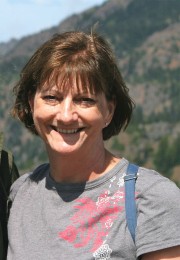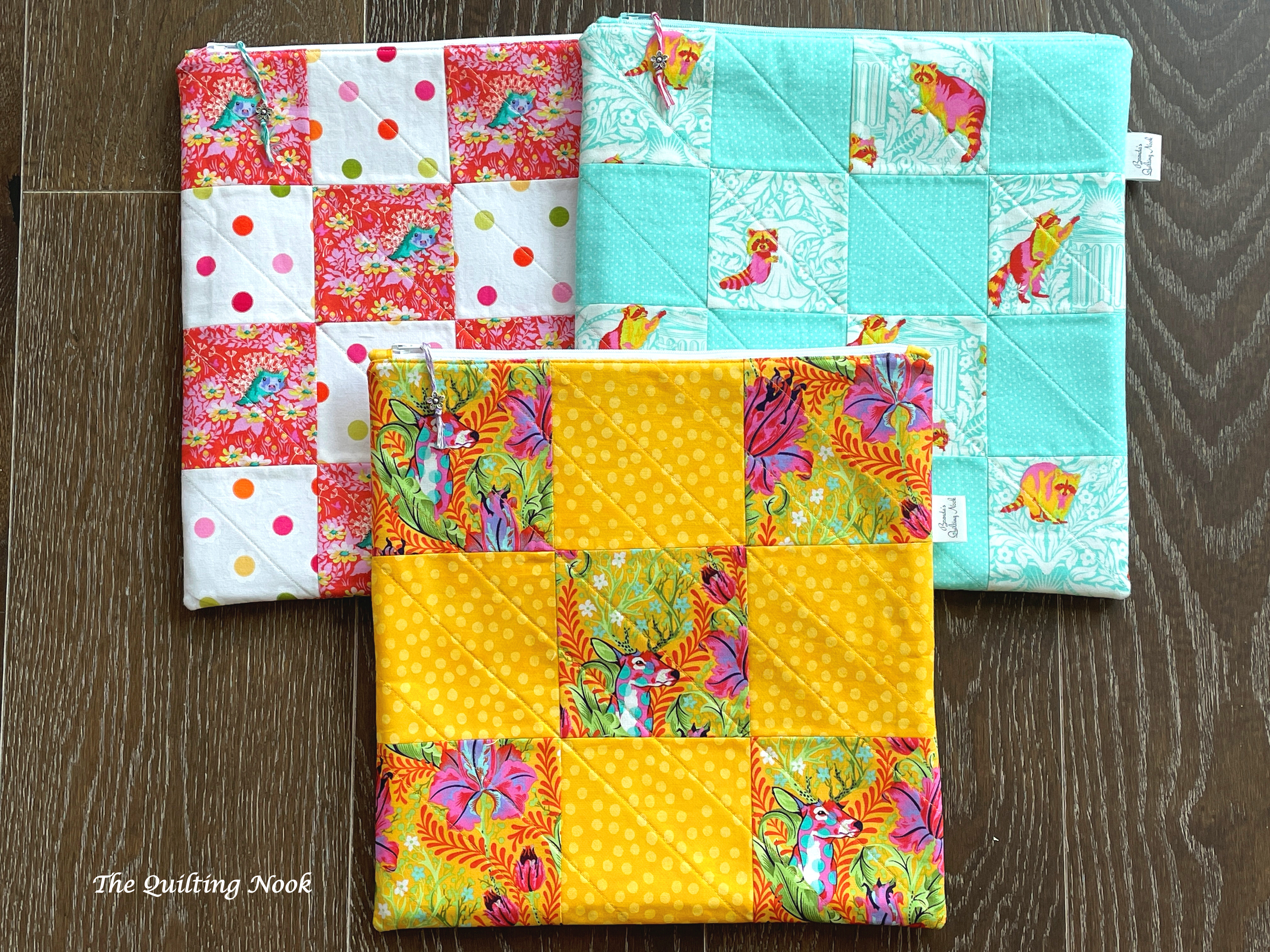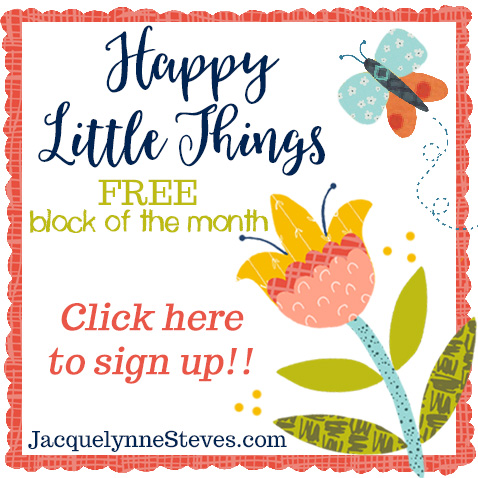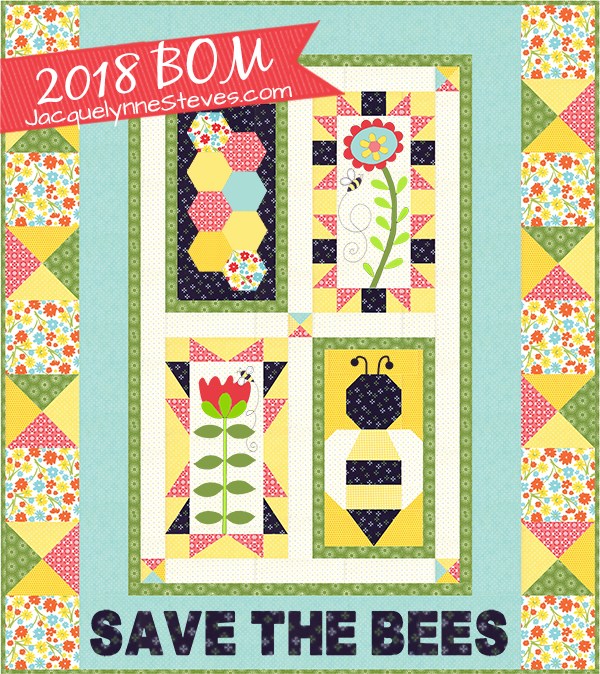Hello Everyone and welcome. This has been “spring cleaning” week. Since my husband does all the vacuuming (lucky me!), he likes to move the furniture off the area rugs to vacuum under them once a year. I helped him with that one day, then another day, we emptied the closets so he could vacuum the carpet and baseboards in those. While everything was out of my closet I dusted and tidied the shelves, too. No matter how careful you are, things still become disarrayed. I have also spent some time removing winter décor and starting to add in spring. That’s still an on going process. Every year I like to mix things up, so when I figure out where I want the quilts, other smaller things will follow.

I did have time to free motion quilt this week. I finished quilting Mini Bouquet. Overall, simple quilting, but the texture was so pretty in the morning light. I also started quilting Moda Blockheads 4. I won’t bind Mini Bouquet until I finish quilting Moda Blockheads, then do both at the same time.
Last week, I shared the story of cutting the small squares wrong for a charity baby quilt. I spent some time this week working on an information page for working with Sew and Flip Corners on a square.

Most of you are probably familiar with this method when you make flying geese units. It seems that most of the time, the sew and flip method is used with rectangles. In this case, the small square would be cut to the size of the width of the rectangle. For example: if the unfinished rectangle was 2 1/2″ wide by 4 1/2″ long, you would cut a 2 1/2″ x 2 1/2″ square for the small squares.

You can also use rectangle sew and flip units when you want to make a zig zag border as pictured above. Quilt designers use this method all the time.

When working with squares, you are usually trying to create a new shape using the sew and flip corner units. An example would be the X and O pictured above, but also heart shapes and even different star shapes. If you are familiar with Lori Holt’s pieced pictorial blocks, this method is used all the time. You can also use the sew and flip method in a square in a square block instead of cutting triangles. The formula I’m going to give you will work for those, too.
Now you may ask, why do I need to know the math? The answer is you may want to change the size of a block that is in a pattern or venture out and create your own design. For me, I wanted to use a 5″ square. That meant that the finished size of the unit is 4 1/2″. Without really thinking about it, I divided 5 by 2 and came up with 2 1/2, but I didn’t use the finished size. I do know better than that!
One important thing to remember when designing a block or resizing, always work with the finished size, then add the seam allowance to get the cut size.
So here’s the formula for working with squares when you want to create a diagonal seam that goes through the half way point on two adjacent sides:
(Finished size of large square / 2) + .5 = small square size to cut
I created a one page PDF that you can download and have in your reference library. It does assume that you have knowledge of how to make Sew and Flip Corners. Use the button below to access the Information Page if your device does not show the PDF file below it.
After creating the diagrams, I thought I would see if anyone else had posted about the math formula for the sew and flip corners. I did find one at Scrapish.com. My diagrams assume a basic knowledge of sewing the flipped corners. The post at Scrapish walks you through the method using pictures. Wanda also has a post on using the Sew and Flip method for making Square in a Square block. The square in a square unit is often used in the center of star blocks.
Another great resource to save is from Julie, The Crafty Quilter. If you would prefer to use rulers on your Sew and Flip Corners, Julie has a great post on using specialty rulers. She goes into detail on the Sew and Flip method and shows the technique using three different specialty rulers. I have the Creative Grids Folded Corner Clipper and only used it to make binding. I didn’t know how to use it for sewing corners. I’m going to be using the ruler on the X and O Baby quilt to see how accurate I can be.
Even if you are an experienced quilter, I hope you found this post helpful. Let me know in the comments if you found this useful or have any questions.
Thanks for taking the time to stop by today. I hope you have a great start to your week.
Brenda









Thank you Brenda! Often I make blocks smaller – then I am not sure what size corner squares to use, now that the block piece is smaller. I will tuck this info away in my sewing room.
Love your quilting on your Mini Bouquet wall hanging. It is just beautiful!!
LikeLike
Thank you, Sigi!
LikeLike
Thanks for all of this great information. You know me and math 0.o
LikeLiked by 1 person
I’m slowly migrating into Spring decor as well. You had some great tips on sew and flip methods (thanks for including mine).
LikeLiked by 1 person
Pingback: Quilting Progress Update and Baby Hugs Block Tutorial | The Quilting Nook